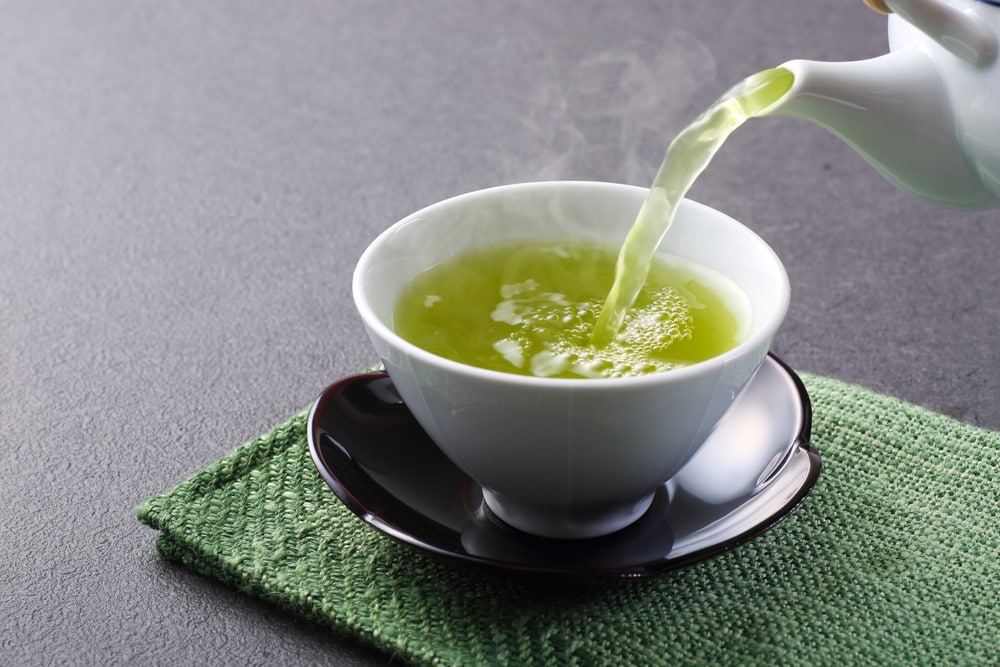
In the past few years, people have started experimenting with different teas. For the longest time, people have been consuming simple black and green teas, but red teas have become popular. It started when the red tea companies started stating the exceptional health benefits of red tea without any caffeine. So, if you are between different teas, the red tea vs. green tea comparison in this article will help!
Comparing Red Tea vs. Green Tea In Detail
Red Tea
Red tea is known for its caffeine-free and natural formulation. It is widely advertised as a medicine-based herbal tea that originates from the Cape, South Africa. It is loaded with exceptional mineral content, including zinc, magnesium, iron, potassium, calcium, manganese, and copper. It has great antioxidant and anti-inflammatory characteristics. In addition, it eases the high blood pressure issue and does a great job at reducing insomnia.
Red tea helps boost the immune system and improves blood circulation. In addition, it helps ease pains, ranging from headaches to abdominal pains and cramps. Not to forget, it eases type-2 diabetes. However, it’s not suitable for people undergoing cancer treatments. As far as the benefits are concerned, you need to consume them regularly. It is an oxidized tea, and it’s loaded with vitamin C. The tea leaves are harvested during the summer season before it’s set for the oxidation process.
The oxidation process is responsible for turning the green color of leaves into red color. Since it doesn’t have caffeine, it’s okay for pregnant ladies. As far as the tea leaves are concerned, they come from fruits, flowers, leaves, and barks (the barks are used in the plants that don’t produce leaves). When it comes down to the flavor, it has a gentle flavor with floral and sweeter tones. In addition, red tea is more affordable.
Since there is no caffeine and has a gentle flavor, it will not impact the sleep schedule. In addition, it’s incredibly flexible as you can brew the fruits, leaves, or flowers to enjoy different flavors. Overall, it’s a great choice for people who are trying to cut their caffeine consumption and still want to enjoy a flavorful cup of hot or iced tea. It’s a great way of improving your sleep quality and helps with hyperacidity as well.
Green Tea
Green tea is one of the most consumed forms of tea and has around 25mg of caffeine in a cup. This tea is native to Asia and contains various catechins and flavonoids. In addition, it has a great nutritional value, including fluorine, calcium, chlorophyll potassium, manganese, phosphorus, GABA, and saponins. Since there are various antioxidants, it helps lower cholesterol levels and prevents cell damage, and prevents tooth decay as well. Similarly, it’s great for hair, skin, and bone health.
Some people say that it reduces the risk of cancer and improves brain and artery function. It has a great impact on the immune system and prevents brain aging. However, there is caffeine that increases the chances of insomnia, so make sure you aren’t caffeine-sensitive before consuming this tea. This is a non-oxidized tea, which means the tea maintains a natural appearance (it has a green color), and the availability of chlorophyll improves the green hue.
Once the green tea leaves are picked, they are steamed before they are rolled in different shapes. It has a higher EGCG level, which helps with cancer prevention. There are multiple variants of green tea available in the market and it depends on the harvesting time and processing method. In addition, the processing can also impact the caffeine content – it ranges from 30mg to 50mg. As for the flavor, it has strong earthy and nutty flavors but this tea tends to be expensive.
It tends to be a healthier alternative to red tea and has a refreshing yet strong earthy flavor that stimulates the users like coffee. Overall, it’s an apt choice for people who want moderate caffeine intake without compromising their energy. In addition, it’s a suitable choice for people who follow an active lifestyle.
The Bottom Line
At this point, it’s pretty evident that both these teams have various health benefits and the final selection depends on your caffeine-related requirements. This is because green tea provides a medium dose of caffeine while red tea has no caffeine!